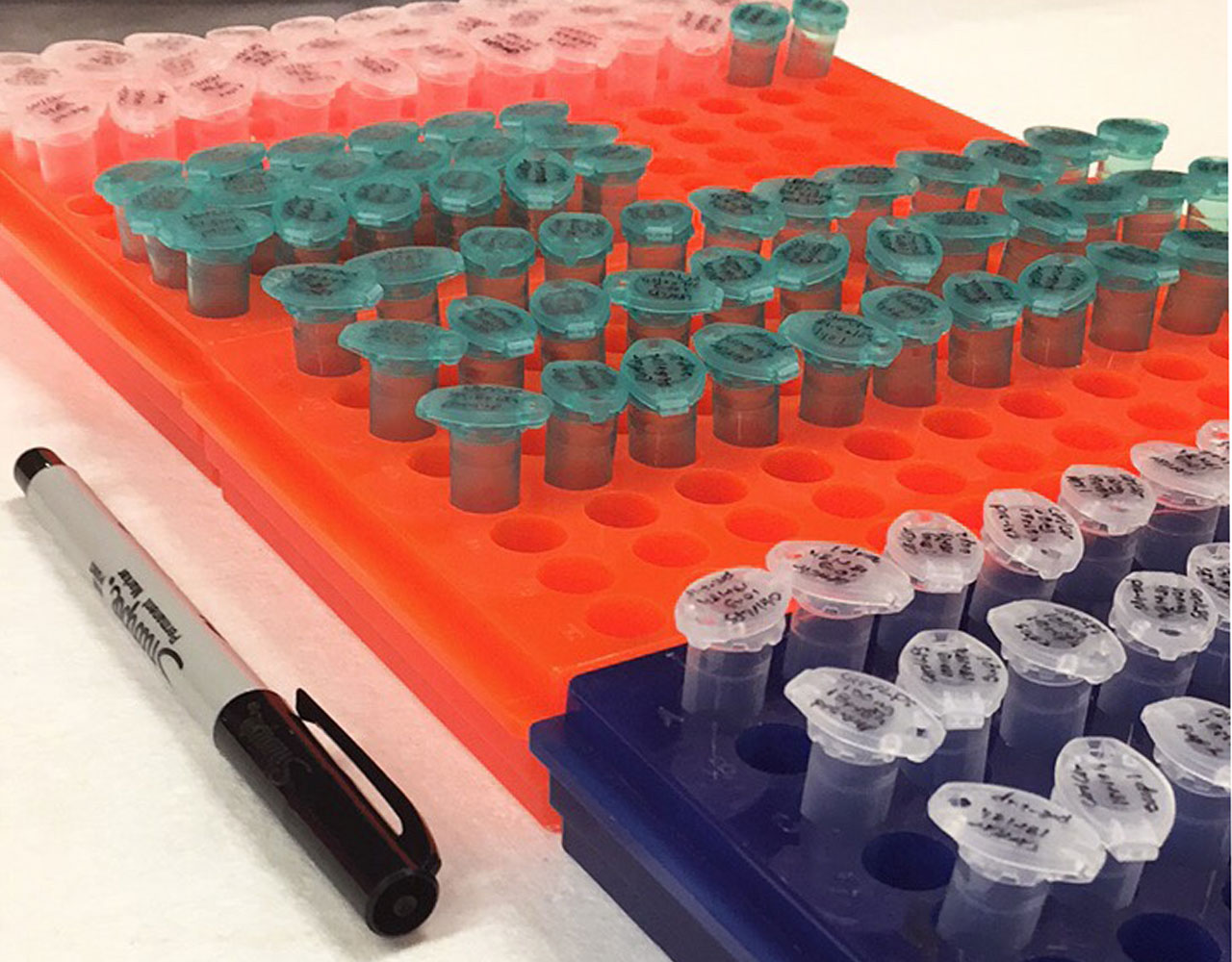COVID-19 has taken the world as we know it by storm. Questions, fear, and uncertainty have been circulating since the first news of the viral outbreak in Wuhan, China in late December.
This virus comes from a large family of zoonotic viruses, which can transfer from animals to humans, that range from a common cold to dire respiratory diseases. The world has been introduced to two other outbreaks of the coronavirus strain, MERS-CoV in 2012 and SARS-CoV in 2003.
Kristian Anderson, an associate professor of immunology and microbiology at Scripps Research, said there was no evidence that the COVID-19 virus was made in a laboratory or engineered at all.
In findings published in the journal Nature Medicine, an analysis of spike proteins—which are very effective at binding to human cells—found it was a result of natural evolution.
Those factors, paired with the makeup of COVID-19, which closely resembles viruses found in bats and pangolins, strengthens the belief that COVID-19 is not a product of genetic engineering.
Despite all of this information, people are still comparing this virus to the seasonal flu.
Influenza has been around for centuries, with the first described case coming from the time of Hippocrates. But, it was not until 1933 that researchers finally isolated the virus that causes the flu in humans.
As technology has evolved, so has the influenza virus, four of which are known to exist today. Types A and B are responsible for flu epidemics in humans, C is very rare and causes mild respiratory illness, and D primarily infects cattle.
Flu symptoms appear suddenly and can include a fever, cough, sore throat, muscle aches, headache, stuffy nose, and fatigue. Most people who are infected recover within two weeks without medical assistance.
But influenza can cause serious complications in some people with pre-existing health conditions or weak immune systems. Since influenza viruses have been around for so much longer, we have had time to develop methods and protocols to limit the spread throughout the global population.
We have the seasonal flu shot, and WHO has documents and guides available online, such as the Pandemic Influenza Preparedness Response. This document was released in 2009, and guides the reader through the five phases of defining a pandemic.
The symptoms of COVID-19 typically appear between five and 14 days after infection. The symptoms include a fever, dry cough, fatigue, muscle aches, headaches, and a sore throat. Uncommon symptoms include shortness of breath, abdominal pain and loss of smell.
People who have respiratory or heart issues, or are elderly are more susceptible. However, recently there has been a spike in cases among the younger demographics.
There is yet to be any method to combat the spread of COVID-19, except to wash your hands thoroughly with soap and water or use an alcohol-based solution such as hand sanitizer, and by social distancing.
These measures have been taken into account around the world, resulting in states of emergency being declared, public spaces being shut, borders closed down and forced quarantine being enacted around the world.
The symptoms of the two may be similar, but the two are drastically different. One has a vaccine that can immunize the population, while the other is a completely new threat and has no vaccine. The U.S. National Institute of Health is still in the early stages of developing one.
File photo.






